-
×
-
×
-
×
-
×
-
×
6 x Orange Flame Tetra: A Radiant Ember of the Aquarium Scientific Name: Hyphessobrycon flammeus, Beautiful Freshwater Companions for Beginners Seeking Vibrant Aquarium Life 2 × £16.45
-
×
-
×
-
×
-
×
-
×
-
×
-
×
-
×
Assorted Colour Vampire Crab Geosesarma Sp 2-3Cm 1 × £8.71
-
×
-
×
-
×
-
×
-
×
Red Devil Vampire Crab - Geosesarma Hagen - Decapod Crustacean 1 × £8.71
-
×
2 X 2(2 FISH ) Peacock Snakehead - Channa Pulchra - Red Spotted Snakehead - Coloured Snakehead 1 × £77.00
-
×
Golden Eyes Vampire Crab - Geosesarma Sp. - Decapod Crustacean 1 × £8.71
-
×
Subtotal: £629.60


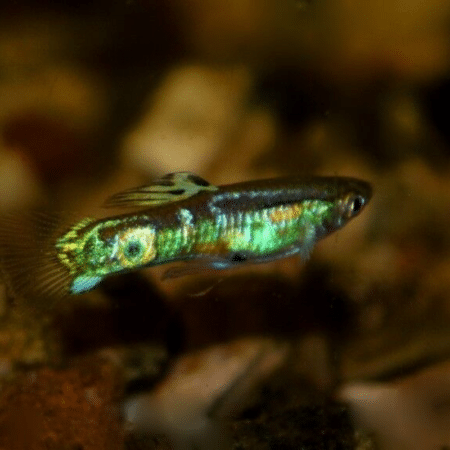


 6 x Orange Flame Tetra: A Radiant Ember of the Aquarium Scientific Name: Hyphessobrycon flammeus, Beautiful Freshwater Companions for Beginners Seeking Vibrant Aquarium Life
6 x Orange Flame Tetra: A Radiant Ember of the Aquarium Scientific Name: Hyphessobrycon flammeus, Beautiful Freshwater Companions for Beginners Seeking Vibrant Aquarium Life 






 Assorted Colour Vampire Crab Geosesarma Sp 2-3Cm
Assorted Colour Vampire Crab Geosesarma Sp 2-3Cm 
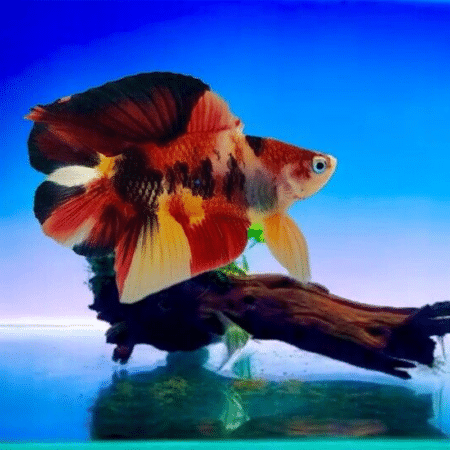

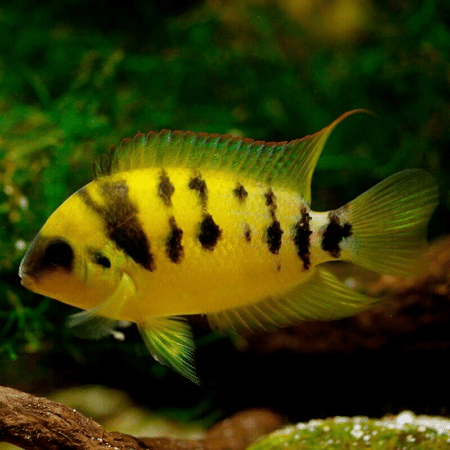
 Red Devil Vampire Crab - Geosesarma Hagen - Decapod Crustacean
Red Devil Vampire Crab - Geosesarma Hagen - Decapod Crustacean  2 X 2(2 FISH ) Peacock Snakehead - Channa Pulchra - Red Spotted Snakehead - Coloured Snakehead
2 X 2(2 FISH ) Peacock Snakehead - Channa Pulchra - Red Spotted Snakehead - Coloured Snakehead  Golden Eyes Vampire Crab - Geosesarma Sp. - Decapod Crustacean
Golden Eyes Vampire Crab - Geosesarma Sp. - Decapod Crustacean 
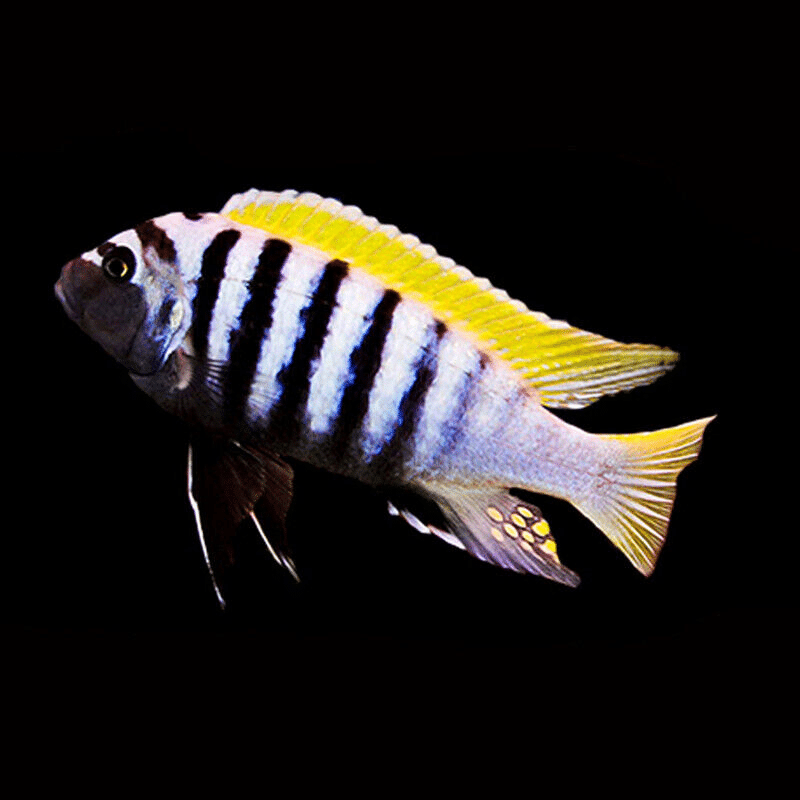
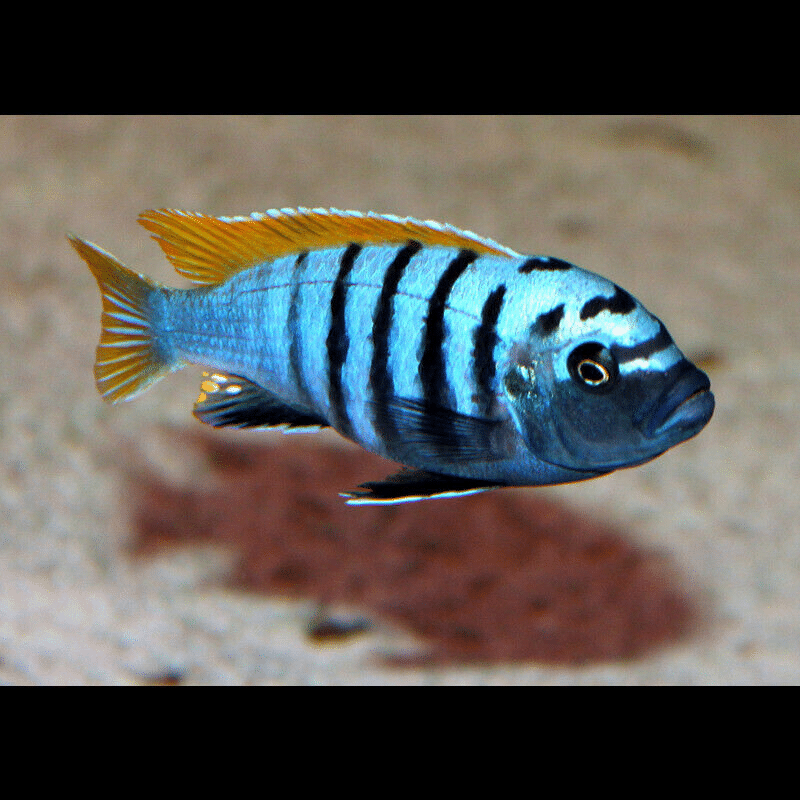


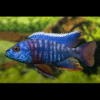
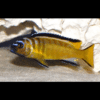








Emily Carter (verified owner) –
I recently added the Jalo Reef Dogtooth Cichlid to my aquarium, and I couldn’t be more thrilled! This beautiful fish has instantly become the star of my tank. After about two weeks, it has settled in perfectly and showcases such vibrant colors that truly capture the essence of Malawi cichlids. I was a bit worried about compatibility with my other fish, but it has been nothing but peaceful and curious, even interacting well with my other Malawi cichlids.
What stands out to me is its active personality and the way it explores its environment, making it a joy to watch. One downside is that it does prefer a bit more space than some of my other smaller cichlids, so be prepared for a larger tank if you’re considering adding one. I highly recommend this fish for anyone looking to enhance their Malawi cichlid collection. It’s perfect for both new and experienced aquarists who want a vibrant, lively companion in their aquarium. I will definitely be getting another one soon!